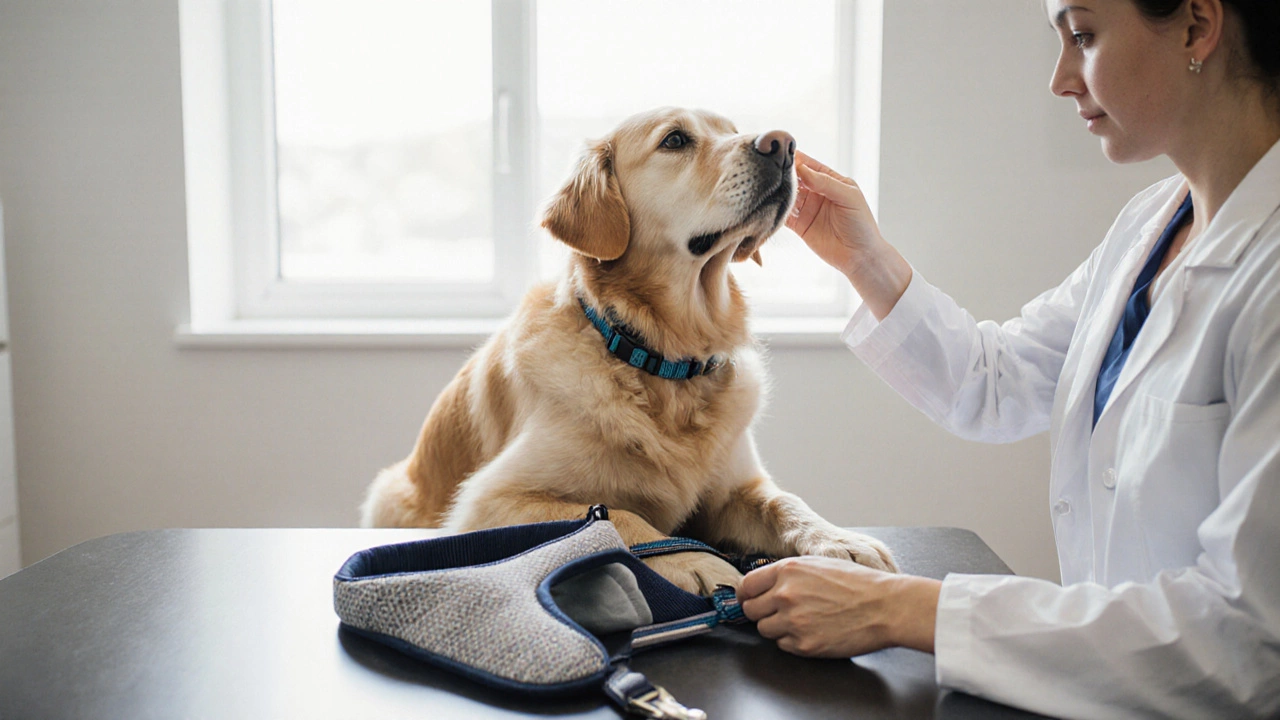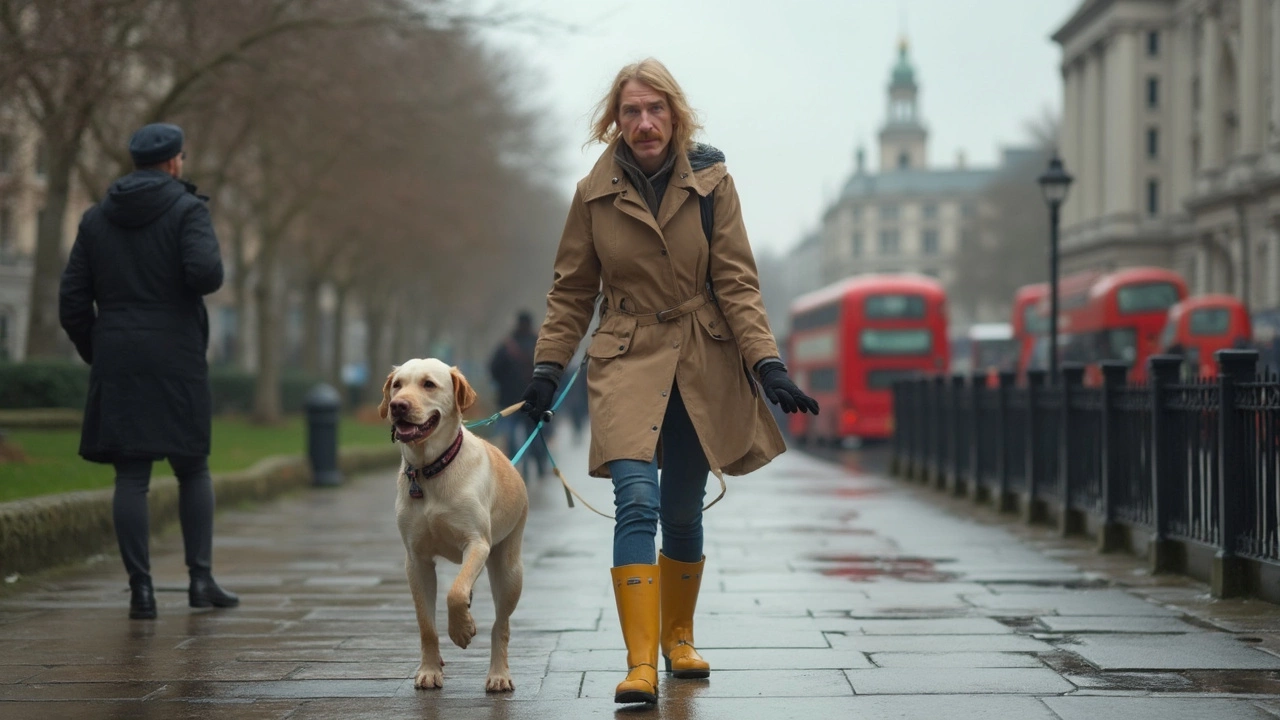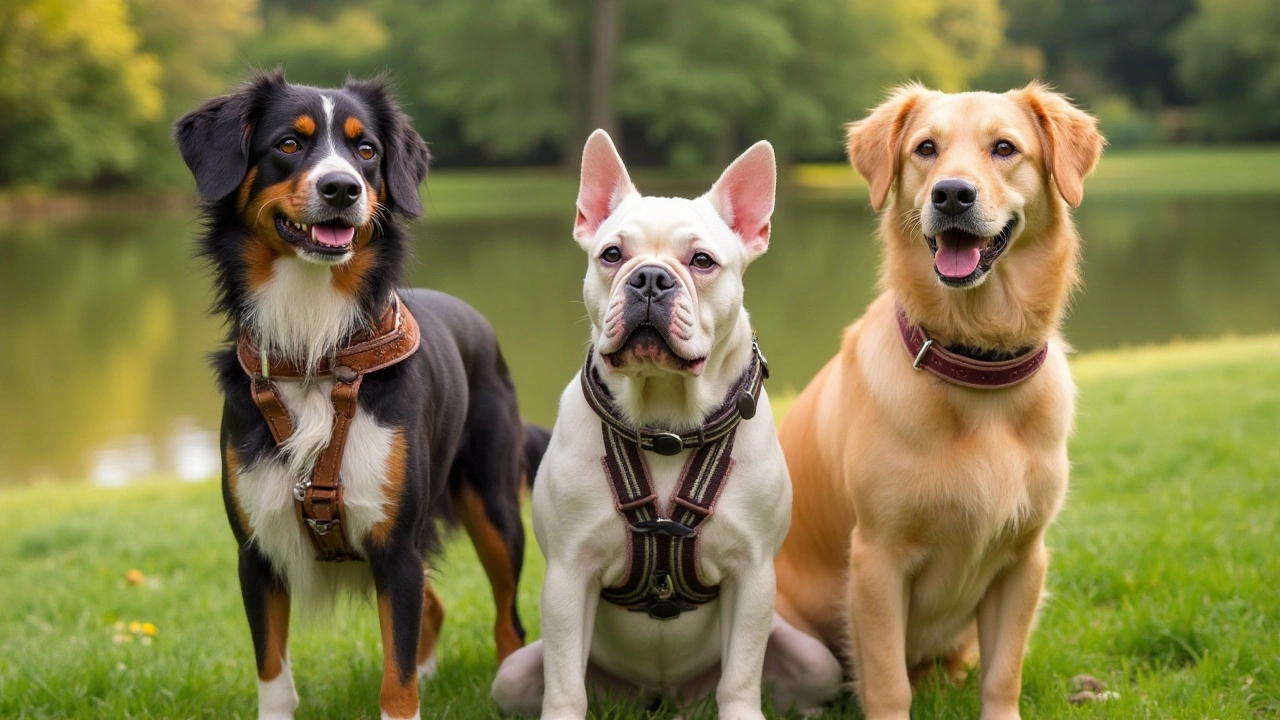Dog Collar Guide: Pick, Fit and Care for the Best Collar
If you’ve ever struggled with a slipping collar or a squeaky leash, you know the right collar makes a huge difference. A good collar should stay snug, feel comfortable, and match your pup’s lifestyle. Below you’ll find quick steps to choose the perfect collar, measure correctly, and keep it in top shape.
Types of Collars and When to Use Them
Flat nylon collars are the go‑to for everyday walks. They’re cheap, lightweight, and come in bright colors for visibility. For training, a gentle martingale or a no‑pull harness works better because it gives you control without choking. If your dog has anxiety, a pheromone calming collar can soothe nerves during fireworks or trips. Leather collars look sharp and last long, but they need regular conditioning to stay soft.
How to Measure and Fit a Collar
Grab a flexible tape measure and slide it around the base of your dog’s neck, where the collar will sit. Add one to two inches – that extra space lets the collar slide one finger underneath. A collar that’s too tight can cause skin irritation, while a loose one can slip off or get caught on obstacles. After you put the collar on, swing it side‑to‑side; it should move but not spin wildly.
Check the fit daily, especially for growing puppies. Their necks can change fast, and a snug collar one week might be too tight the next. Replace the collar as soon as you notice fraying, broken buckles, or a loss of adjustability.
Cleaning is simple: hand‑wash nylon or leather collars with mild soap and warm water, then let them air dry. Some nylon collars are machine‑washable, but skip the dryer – heat can warp the buckle. For leather, a quick wipe with a damp cloth followed by a leather conditioner keeps it supple.
Safety tips matter too. Never leave a collar on an unsupervised dog in the yard; a dog can get tangled in fence wires or garden tools. If you travel, choose a lightweight collar that won’t add bulk to your pet’s travel carrier. A quick ID tag with your phone number and your dog’s name is a must – it’s the fastest way for a stranger to return a lost pup.
When you’re buying online, read reviews for durability and comfort. Look for collars with reinforced stitching and sturdy D‑rings for leash attachment. A reflective strip is a bonus for night walks. If you’re unsure about a style, start with a basic flat collar and upgrade as you see how your dog reacts.
Remember, the right collar is more than an accessory; it’s a safety tool, a training aid, and a way to show your dog’s personality. With the steps above, you’ll pick a collar that fits, lasts, and keeps your furry friend happy on every adventure.
Veterinarian Advice: Collar vs Harness for Dogs - Which Is Safer?
Find out whether vets favor collars or harnesses, learn the health pros and cons, and get a step‑by‑step guide to fit the right gear for your dog.
Dog Collars: How to Stop Your Dog from Pulling on a Leash
Ever feel like your shoulder is about to pop out because your dog pulls like a tiny sled team? This article breaks down why dogs yank, what actually works to fix it, and which collars can be your secret weapon. Get real tips and no-nonsense advice for making walks way more enjoyable for both of you. Learn quick training tricks and spot the mistakes many dog owners make. You’ll feel more in control—no treats required (okay, maybe just a few).
Dog Collar vs Harness: Can They Be Worn Together?
Deciding whether your dog should wear a collar and harness simultaneously can be bewildering. This article breaks down the purposes of each, exploring safety, comfort, and training benefits. It provides insights into different dog breeds and how their unique needs can determine the best approach. You'll also find practical guidance on transitioning between or combining them for optimal care of your furry friend.


